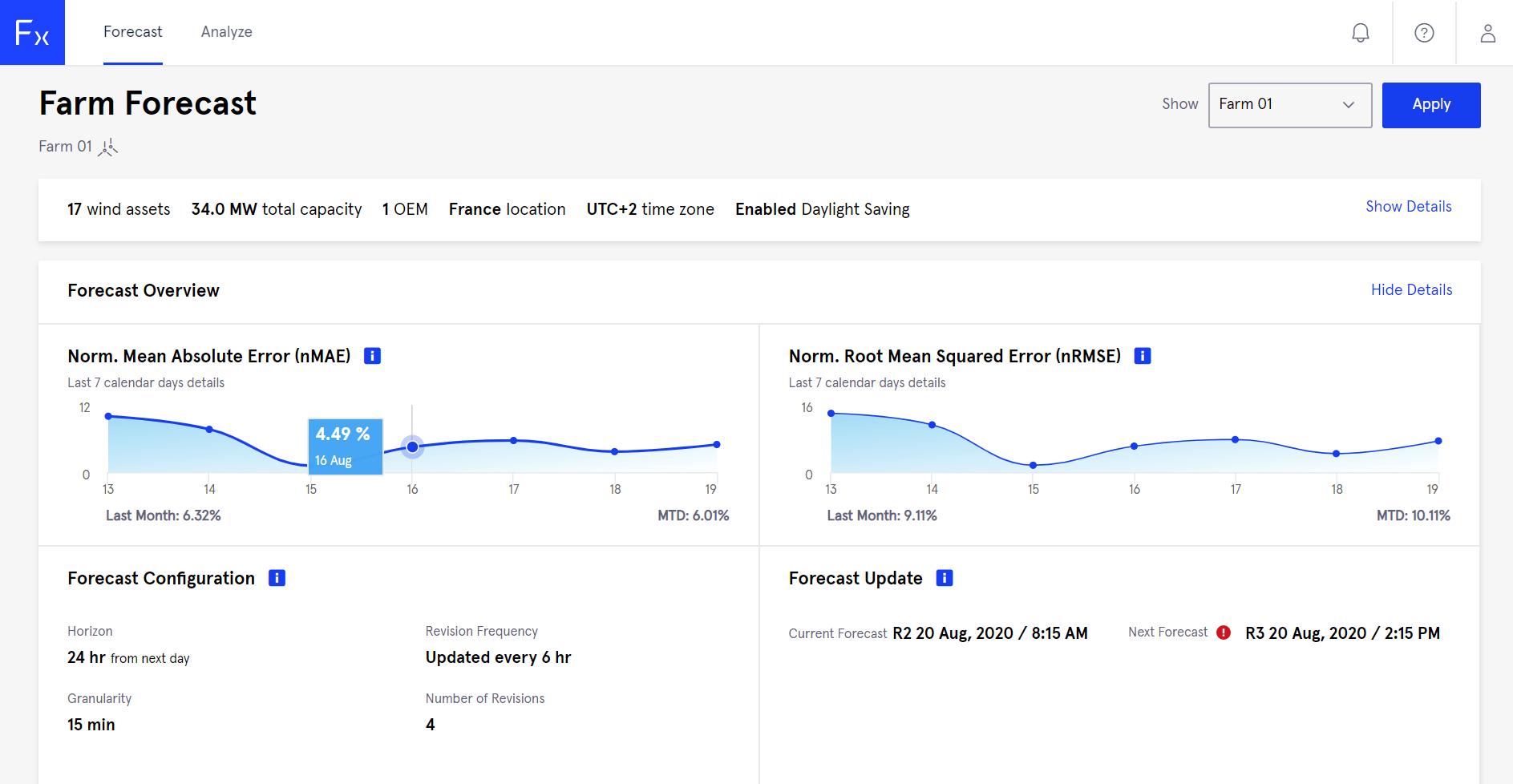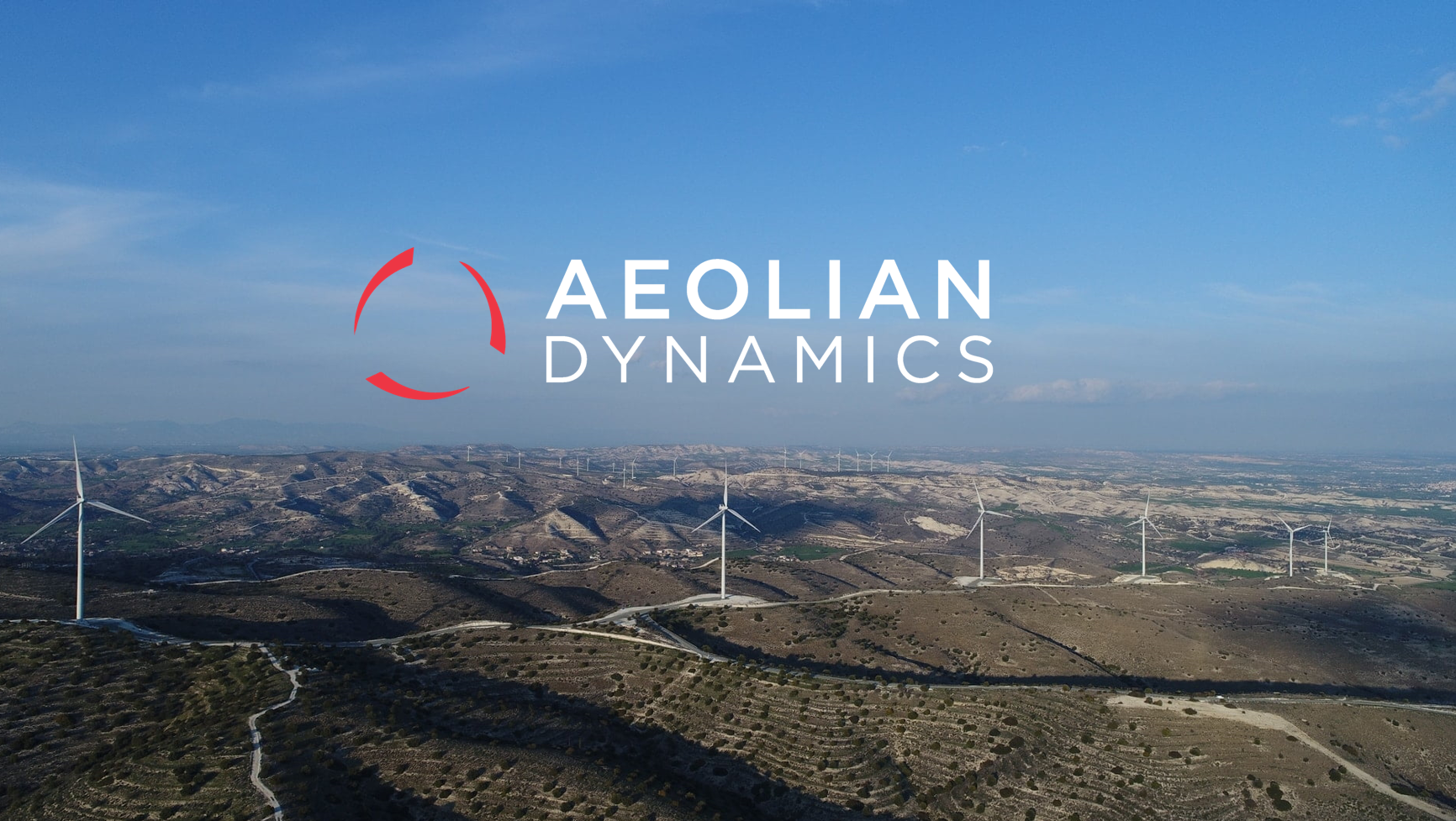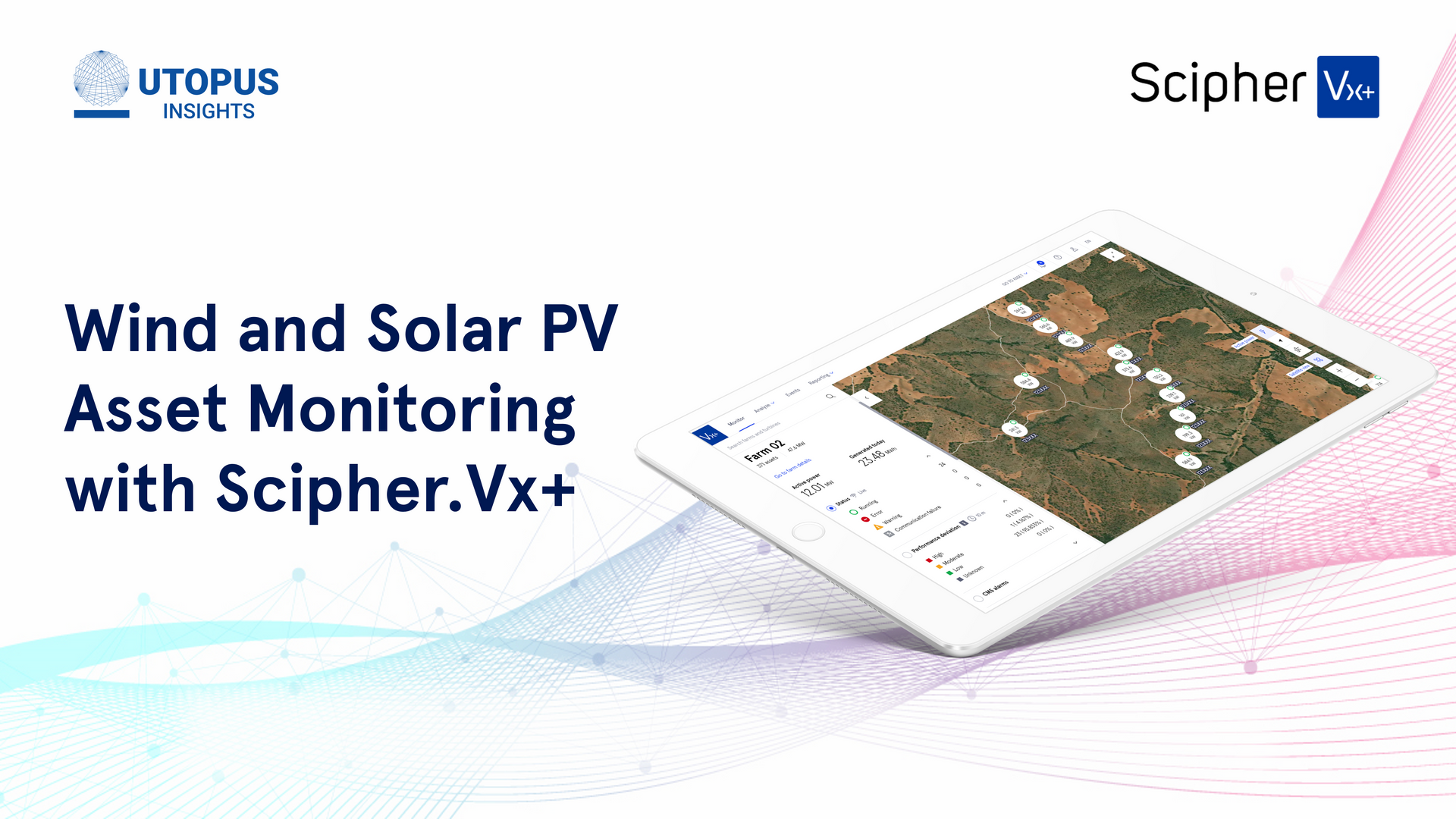The future is calling: How will we answer?
Another year, another dire report on climate change… except something is different this time. Put aside the dense prose, acronyms and pedantic style, and what becomes clear is that the new United Nations Inter-Governmental Panel on Climate Change (IPCC) report draws a clear line – a pivot point in the global conversation on humanity’s future. The report lays out in excruciating detail an irrefutable argument that it is time to act. Failure to limit warming to 1.5°C entails dire environmental risks. Can we stay under such a limit? The hard part, it turns out, is wanting to truly tackle the problem head-on.
Yes, it is true that the earth is warming at about 0.2 °C per decade over and above at least 1°C of past warming. The “business as usual” scenario gets us to 1.5°C of warming by about 2040. The Paris accord seeks to limit warming to 2°C, but what is less well-known is that Paris established a “stretch goal” of 1.5°C. For the purposes of this report, any increase beyond 1.5°C is termed “overshoot.” And while CO2 emission from burning fossil fuels is the single biggest cause of warming, there is a not-insignificant impact from non-CO2 sources like methane, nitrous oxide, black carbon and halocarbons.
None of this is new. What is a wake-up call, however, is the seriousness of the five dimensions of impact from global warming, innocuously dubbed “Reasons for Concern” by the IPCC. The risk impacts for all five dimensions have been upgraded by the IPCC since their previously issued fifth Assessment Report. For example, “unique and threatened systems” such as Arctic summer ice or warm-water corals were upgraded from “High” to “Very high” on the overshoot risk scale. Extreme weather events reached a “High” severity even at 1.5°C. An additional 4 inches of sea rise at 2°C is expected to impact an additional 10 million coastal dwellers. Risks to air quality, health, permafrost, species’ habitats and livestock are similarly upgraded.
But the report isn’t just about all that’s going wrong. It’s thankfully prescriptive in proposing a solution. Various scenarios are considered, including immediate reductions of human-induced CO2 emission to achieve net zero by 2055, net zero by 2040, and reducing vs. freezing the amount of non-CO2 emissions. As a practical matter, the report endorses just one way of avoiding overshoot: achieve net zero CO2 by 2040 while freezing non-CO2 emissions at 2030 levels. And here’s the second major wake-up call of this report: the “pathway” by which we achieve net zero is critical. We need to achieve drastic emission reductions as early as the 2020s. Early reductions are the most effective because emissions stay in the atmosphere for a long time. Waiting till 2030 and then over-achieving after that will not cut it. Our goose will be cooked by then! The time to quibble, argue, prognosticate or procrastinate is over – this report demands action!
The bottom line: overshoot implies serious risks, so we need to immediately and rapidly reduce emissions to avoid and mitigate risks. The enormity of the task ahead is not lost on me: a completely decarbonized economy by 2040 including electricity, transportation, heating and industrial processes.
As someone with a scientific background, I find this report to be powerful, based on unquestionable and compelling data, and put together by the smartest minds on the subject. Despite the grim scenario, I confess that I felt a frisson of excitement as I read the report. I lead a passionate, mission-driven energy analytics team that believes we can make a difference with innovation and we can fulfill a higher purpose with our renewable energy software products. We come to work every day to put analytics into action, to sell software products that enable a digitized energy system to integrate ever-higher fractions of renewable energy, and ultimately to help solve today’s most pressing global problem. This report gives us an even greater sense of purpose, drive and urgency!
News and Events











